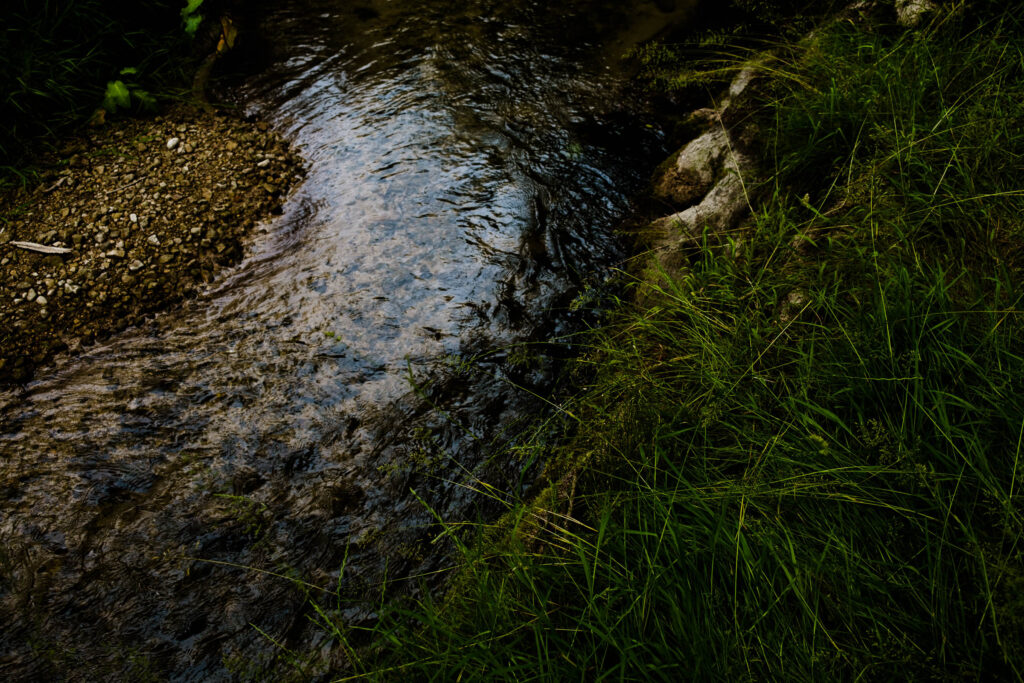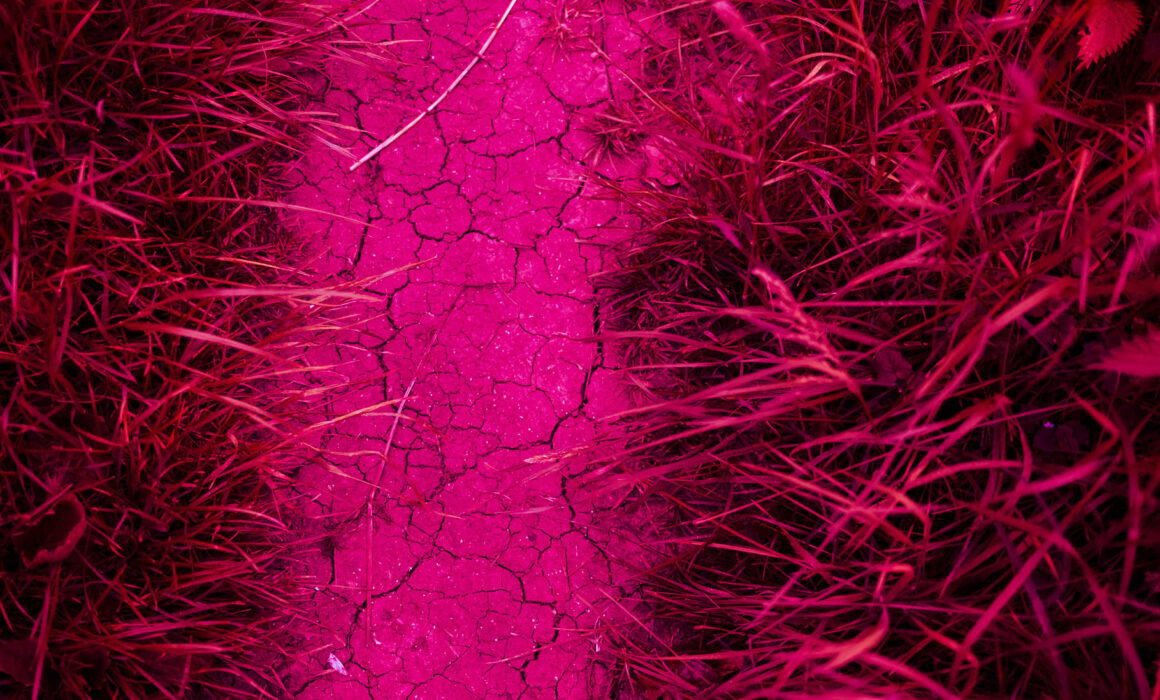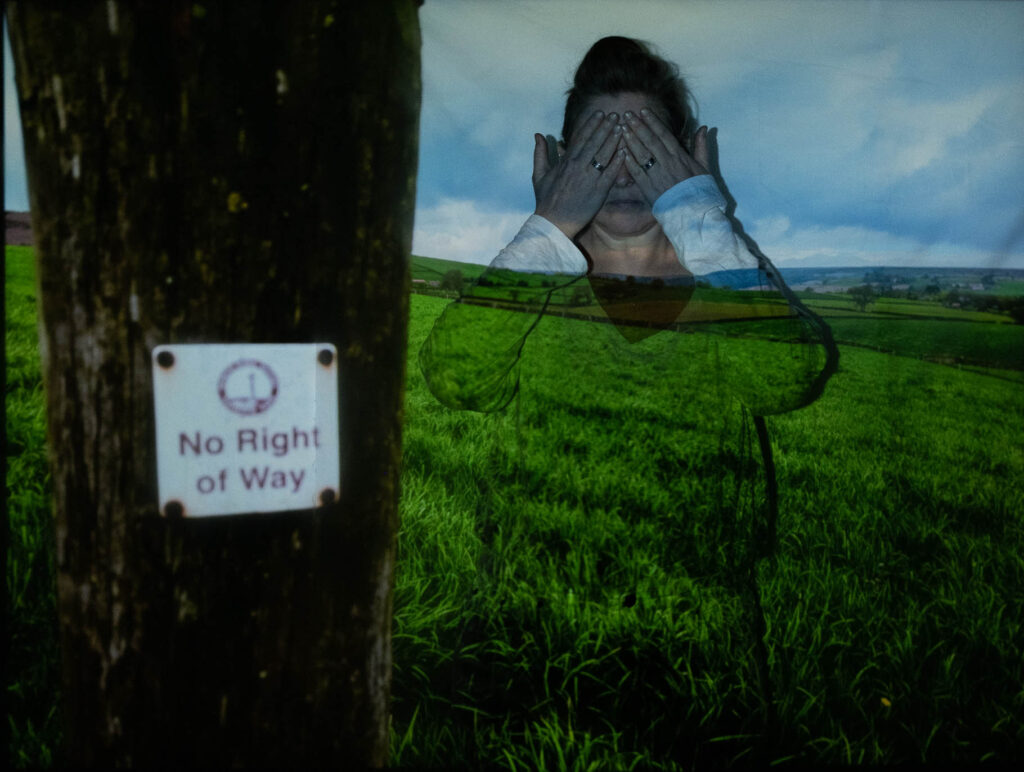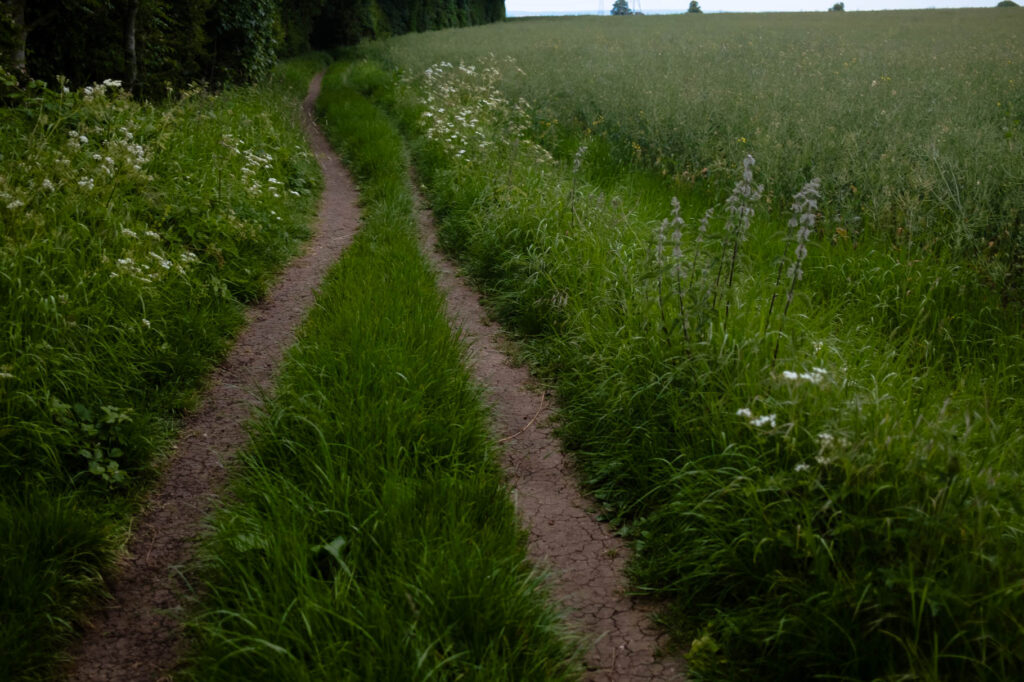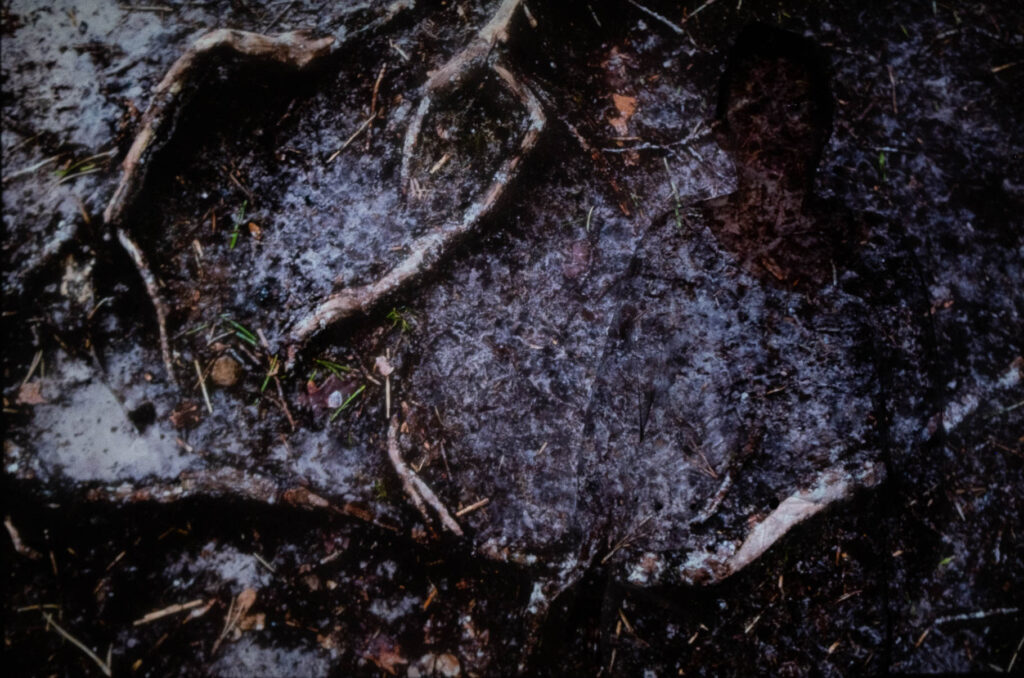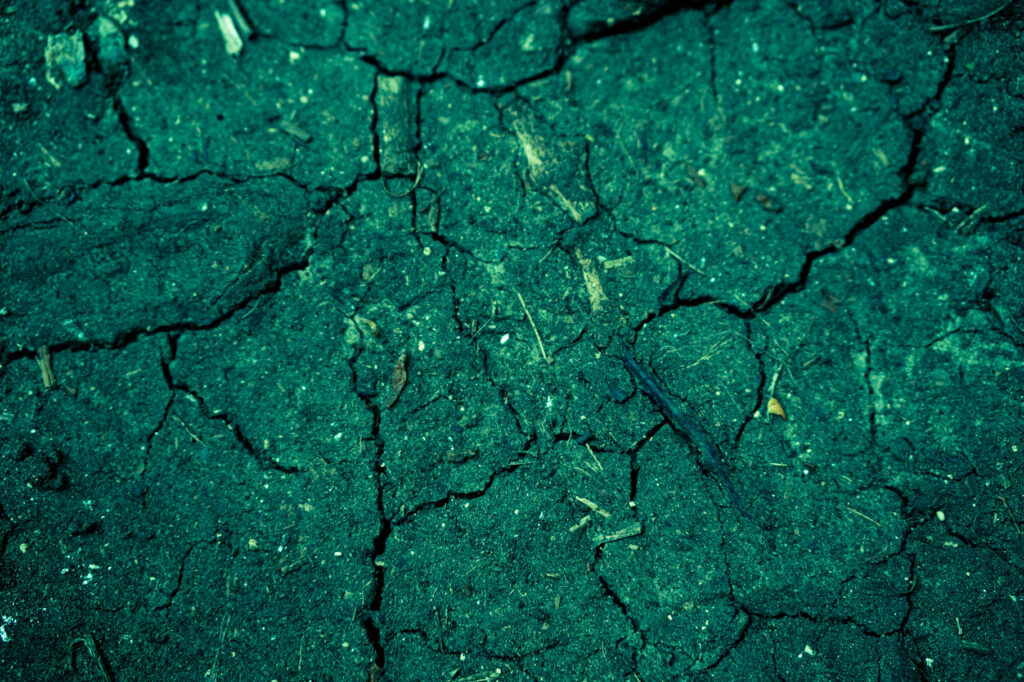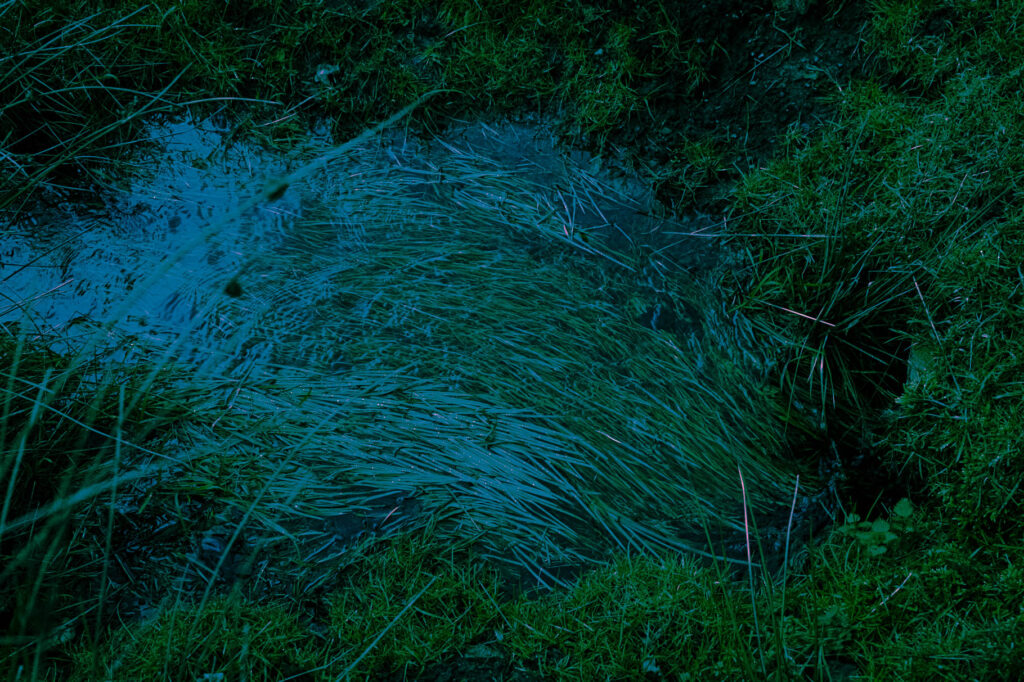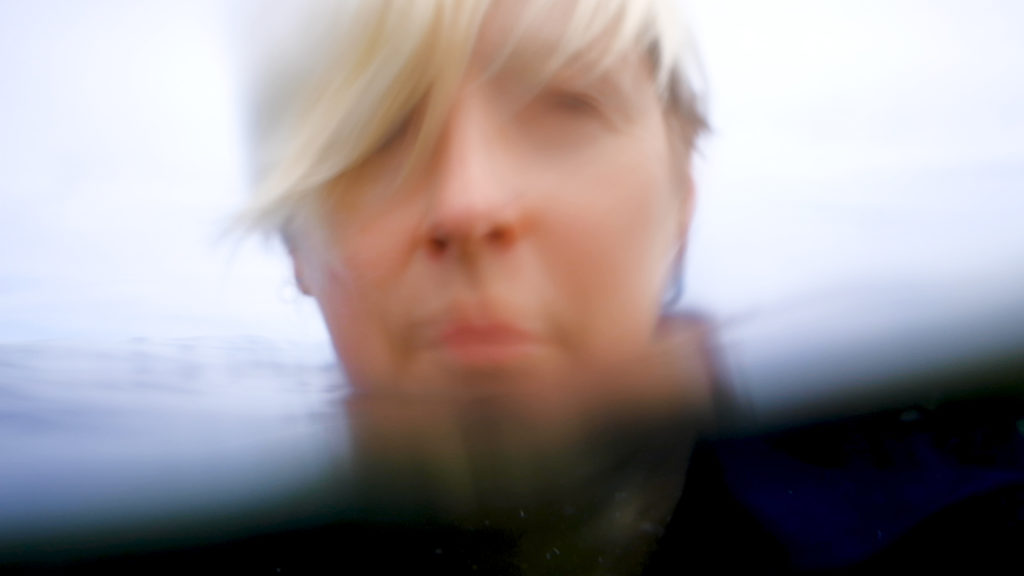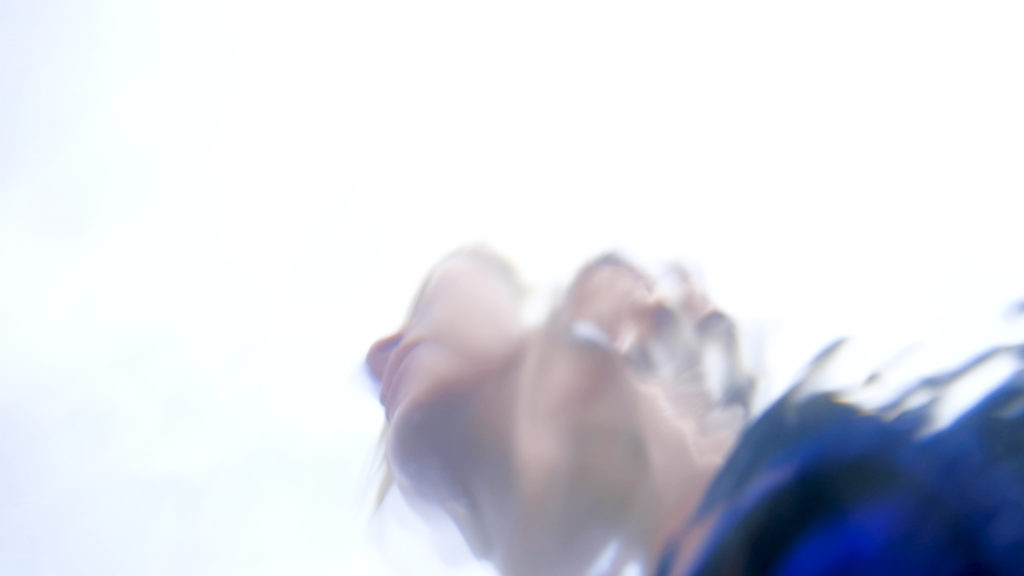The River Project | Dalby Forest
The River Project, a collaborative effort with botanical textiles artist Sue Walsh, sound artist/composer Celicia Tyrrell and myself, is currently being exhibited at Dalby Forest in The Courtyard until June 2025.
The project was commissioned by North York Moors National Park and the RyeVitalise Landscape Partnership. This immersive project delved into the profound human connection to the River Rye in North Yorkshire, inviting local residents to engage more deeply with their natural surroundings.
Through a series of hands-on, experiential workshops, the project brought participants into the heart of the River Rye landscape, guiding them to explore remote sites along the river and fostering conversations with local landowners about sustainable, nature-friendly farming practices. The workshops were designed to nurture a holistic understanding of interconnectedness, focusing on themes of self-awareness, movement, sound exploration, cold-water experience, eco-printing, and creative writing alongside the development of soundscapes and visual imagery inspired by the river and its surrounding environment.







